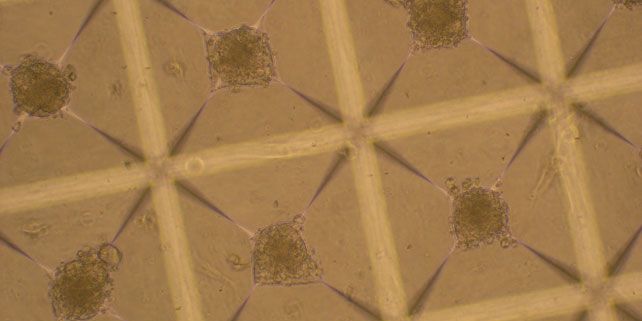Experts from the Faculty of Medicine of Masaryk University have contributed to the detecting of changes that occur in human embryonic stem cells during their multiplication in laboratory conditions. A thorough understanding of these changes is crucial for the use of embryonic stem cells in therapy. The results of the study, published by the prestigious journal Nature Biotechnology, may help treat blindness, Alzheimer's or Parkinson's disease and diabetes.
Human embryonic stem cells are obtained from donors all around the world. For therapeutic purposes, however, many more cells are needed. That is why scientists have to propagate and cultivate them in laboratory conditions. The research team therefore wished to verify whether any changes occurred in the cultivated cells due to their natural ability to adapt to new conditions which could negatively affect their possible therapeutic use.
The scientists had to examine more than a million specific DNA segments distributed across all 30,000 genes of the human genome. Petr Dvořák, Head of the Department of Biology at the Faculty of Medicine, Masaryk University, describes the results thus: “We discovered a fundamental change in the chromosome. The change is carried by a gene that regulates controlled cell death. It was shown that artificially cultivated human embryonic stem cells use mechanisms similar to tumour cells.”
Whether this finding represents a problem for the therapeutic use of embryonic stem cells will be a question for further research. “It could be the next step on the path to discovering how to fight tumour cells,” says Aleš Hampl, Head of the Department of Histology and Embryology, who also participated in the research. According to scientists, it is most important to explore processes during propagation of cells in labs before their transfer into practice.
The five-year research programme saw the involvement of 39 laboratories from across the world.
